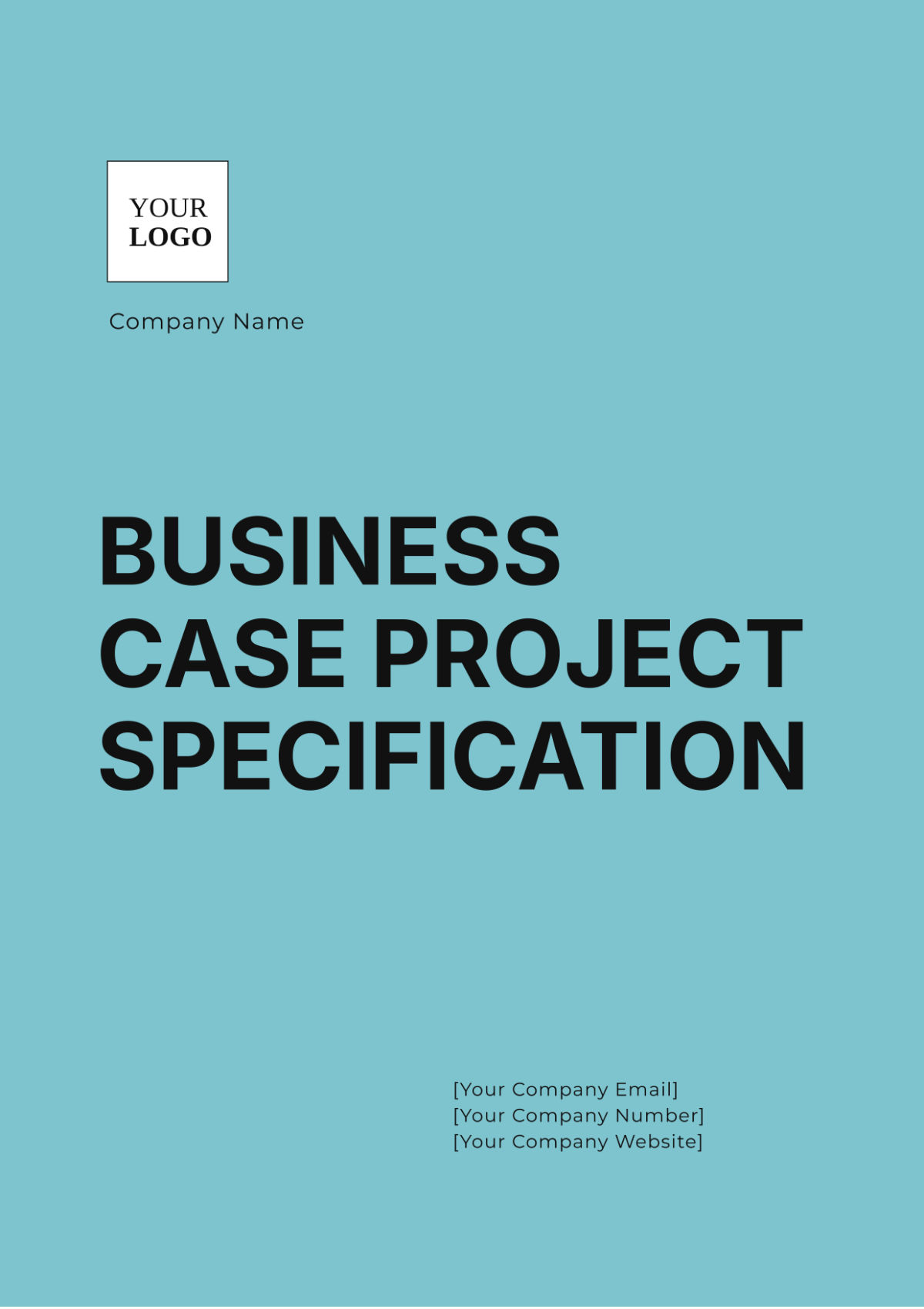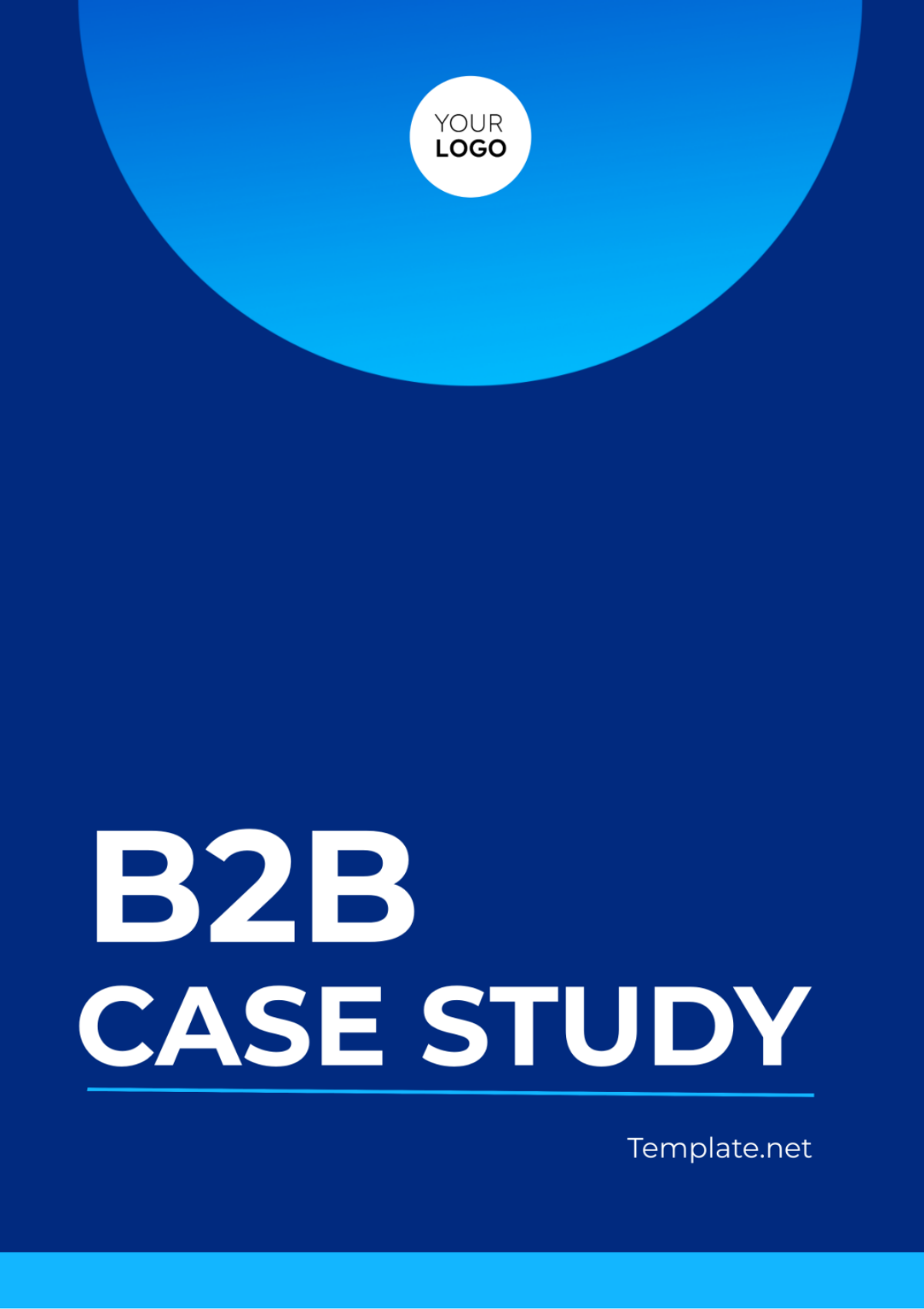Business Case Project Specification
Prepared by: [Your Name]
Date: [Date]
I. Executive Summary
This Business Case Project Specification outlines the proposal for a project aimed at improving operational efficiency and increasing profitability. The project is expected to deliver significant benefits, including cost savings, enhanced productivity, and improved customer satisfaction. The document provides a comprehensive analysis of the project’s objectives, scope, financial implications, risk assessment, and implementation plan.
II. Background Information
A. Current Situation
Operational inefficiencies: Identified in key business processes.
Customer complaints: Increased due to service delays.
Revenue decline: 5% decrease over the last fiscal year.
B. Problem Statement
Inefficient processes: This leads to increased operational costs and reduced customer satisfaction.
Competitive pressure: Need to improve service quality to maintain market position.
C. Opportunity
Process automation: Potential to streamline operations and reduce costs.
Technology integration: Enhance service delivery through advanced technology solutions.
III. Project Objectives
Improve operational efficiency: Reduce process cycle time by 30%.
Enhance customer satisfaction: Increase Net Promoter Score (NPS) by 20 points.
Cost reduction: Achieve annual cost savings of $1.5 million.
Revenue growth: Increase revenue by 10% within the first year of implementation.
IV. Scope and Deliverables
A. In-Scope
Process automation: Implement automation tools for key processes.
System integration: Integrate new technology solutions with existing systems.
Employee training: Conduct training sessions for staff on new processes and technologies.
Customer service improvement: Enhance customer support systems.
B. Out-of-Scope
Legacy system overhaul: Not included in this phase.
Global implementation: The initial phase is limited to the domestic market.
C. Deliverables
Automated processes: Documentation and deployment of automated workflows.
Integrated systems: Fully functional and integrated technology solutions.
Training materials: Comprehensive training manuals and schedules.
Improved customer support: Enhanced support systems and feedback mechanisms.
V. Financial Analysis
A. Cost Estimates
IntegrationItem | Cost (USD) |
|---|---|
Process automation tools | $500,000 |
System integration | $750,000 |
Employee training | $200,000 |
Customer service improvements | $150,000 |
Contingency | $100,000 |
Total Cost | $1,700,000 |
B. Expected Benefits
Benefit | Value (USD) |
|---|---|
Annual cost savings | $1,500,000 |
Revenue increase | $2,000,000 |
Improved customer satisfaction | Intangible (high) |
Total Benefits (Year 1) | $3,500,000 |
C. Return on Investment (ROI)
ROI Calculation: (Total Benefits - Total Cost) / Total Cost
ROI: ($3,500,000 - $1,700,000) / $1,700,000 = 105.88%
D. Payback Period
Payback Period: Total Cost / Annual Benefits
Payback Period: $1,700,000 / $3,500,000 ≈ 6 months
VI. Risk Assessment
A. Identified Risks
Risk | Likelihood | Impact | Mitigation Strategy |
|---|---|---|---|
Implementation delays | Medium | High | Establish a detailed project plan and timeline. |
Resistance to change | High | Medium | Conduct change management and training programs. |
Budget overruns | Low | High | Include contingency funds and regular budget reviews. |
Technology integration issues | Medium | High | Engage experienced IT consultants and conduct thorough testing. |
B. Risk Mitigation Plan
Regular Monitoring: Weekly project status meetings.
Stakeholder Engagement: Monthly updates to stakeholders.
Contingency Planning: Reserve 10% of the budget for unforeseen expenses.
VII. Stakeholder Analysis
Stakeholder | Role | Responsibilities |
|---|---|---|
Project Sponsor | Executive oversight | Approve projects, provide resources, and resolve escalations. |
Project Manager | Project execution | Plan, execute, and monitor project activities. |
IT Department | Technical support | Implement and support technology solutions. |
Operations Manager | Process improvements | Ensure operational processes are optimized. |
HR Department | Training and change management | Conduct training and manage change processes. |
VIII. Project Plan
A. Timeline and Milestones
Milestone | Target Date |
|---|---|
Project initiation | January 1, 2050 |
Process automation design | February 15, 2050 |
Technology integration | April 1, 2050 |
Employee training completion | May 15, 2050 |
Full implementation | June 30, 2050 |
Post-implementation review | September 30, 2050 |
B. Key Activities
Initiation: Define project scope and objectives.
Planning: Develop a detailed project plan and schedule.
Execution: Implement process automation and technology integration.
Monitoring and Control: Track project progress and address issues.
Closure: Complete project deliverables and conduct review.
IX. Assumptions and Constraints
A. Assumptions
Necessary resources and budget will be approved.
Stakeholders will be available for key activities.
Technology solutions will be compatible with existing systems.
B. Constraints
Budget cap of $1.7 million.
Project completion within 6 months.
Limited availability of key personnel during the implementation phase.
X. Recommendations
Based on the analysis provided, it is recommended that the project be approved and initiated. The project promises significant operational and financial benefits, aligning with the organization’s strategic goals. Immediate next steps include securing project funding, assembling the project team, and initiating the detailed planning phase.




